NEW PRODUCT MANAGEMENT (NEW PRODUCT DEVELOPMENT- old title)
Année du cours : 1 année(s)
Etablissement : IÉSEG School of Management
Langue : English
Formation(s) dans laquelle/lesquelles le cours apparait :
Période : S1
Students should have a:
– Introductory course in Marketing (Marketing basics or Principles of Marketing)
– Introductory course in statistics (Descriptive, Inferential, and Regression Analysis)
– Basic understanding of costing
– Ideally but not necessarily, an introduction to marketing research
At the end of the course, the student should be able to :
-Understand basic principles, concepts, and tools in the field of product development and management and apply these to the mission and operations of the organization.
-Apply concepts, methods, and processes involved in the new product development from opportunity identification and product concept to launching strategy.
-Use several quantitative analysis techniques to assess product robustness and design along the new product development process.
-Identify and evaluate the market potential for a product or service. Perform a market analysis, identify the competition, and measure the attractiveness of the product category.
-Develop marketing, financial, and manufacturing objectives for new and mature products and design competitive marketing strategies to support these.
-Discuss new product launching strategies and tactics, Carry out necessary financial analysis and forecasting estimation to support the launching plan.
-Undertand the role of the new product teams during the different stages of the new product development process. Identify possible organizational and managerial problems to address for a successful team performance.
* General objectives:
5.B Construct expert knowledge from cutting-edge information
3.A Breakdown complex organizational problems using the appropriate methodology
3.B Propose creative solutions within an organization
Topics:
* New product strategic planning and the competitive arena.
Product Innovation Charter, PIC and levels of competition analysis: form, category, generic, and budget.
Methods for determining competitors.
* Catergory attractiveness analysis and the NPD process
Discuss basic analysis of the product category in which the product/service competes.
Present a variation of Porter’s five forces model that evaluates the competitive situation of the category.
Aggregate market factors, category factors, category rivalry, environmental analysis.
Discuss the category’s life cycle stage and data collection with respect to sales, shares, and profits.
Understand qualitative and quantitative approaches to the analysis of categories.
* Undestand customers in product design
Understanding user needs. Collecting needs information. Lead user methods. Prioritizing customer needs: Converting customer needs into product requirements.
Customers as innovators: Creating value.
Analyze the STP (segmentation, targeting, positioning) process and basic segmentation approaches to the analysis of markets.
Segmentation methods: Cluster analysis,
* Market potential, demand estimation, and forecasting
Learn the difference between market potential and sales forecasts.
Learn how market potential can be estimated.
Discuss the framework and assumptions of developing a regression-based forecasting model. Analysis based methods
* Launching: Product strategy and planning
Understand the process to set clear quantitative marketing strategic goals and objectives.
Discuss the framework for strategic platform decisions. Evaluate strategic options: growth, penetration versus development, and entry in new markets with new offerings.
* Launch cycle and implementation
The launch cycle: Pre-launch and preannouncement.
Launch tactics: The communication plan, copy strategy statement, and personal selling.
The A-T-A-R model as framework for design of marketing activities.
Discuss the advertising planning process

